Word Count: 1,901
Average Read Time: 7 minutes
Last week, we talked about the three pillars that make up all workout programs and how to optimize them. While we may have covered the base layer of our pyramid, optimizing your total sets, weight lifted, and sessions per week isn't enough to ensure continued results. Doing the same thing will get you closer to your goals for a time, but your body will eventually adapt and you will need to increase the difficulty to continue getting results. (Click to tweet this.)
There are three basic progression patterns that you can use based on your training age. Training age has nothing to do with your chronological age or the amount of time you've been working out. It simply refers to how close you are to your genetic limit.
The closer we get to our genetic limit, the slower progress becomes. At that point, we must perform more work for less results. A rule of thumb for determining if you are in the novice, intermediate, or advanced category is as follows: A novice is able to progress from session-to-session, intermediate from week-to-week, and advanced from month-to-month.
Single Progression
This progression method is for novices. In weightlifting, we have many acute variables we can play with. The main three are: sets, reps, and load (the amount of weight being lifted). Single progression simply means we are progressing a single variable, which is load.
Let's assume in your first workout session you're able to bench press 100 pounds for 3 sets of 10. During your second session, add 5 - 10 pounds to the bar while still doing 3 sets of 10. During your third session, add 5 - 10 more pounds to the bar while still doing 3 sets of 10.
Continue this pattern until you reach the point where you can no longer add load while still performing all of the required reps. If you are unable to increase the load for 3 weeks in a row, it's time to move onto double progression, which we will talk about next.
Example (listed as sets x reps x weight):
Session 1: 3 x 10 x 100
Session 2: 3 x 10 x 110
Session 3: 3 x 10 x 120
Session 4: 3 x 10 x 125
Session 5: 3 x 10 x 125
Session 6: 3 x 10 x 130
Session 7: 3 x 10 x 130
Session 8: 3 x 10 x 130
You could choose to progress reps or sets instead, though I would leave sets alone at this point. (We will talk more about this in the triple progression section.) Progressing reps wouldn't be quite as effective as progressing load, but it isn't necessarily a bad option. It would be very useful if you work out from home and only have a certain amount of weight available to work with.
Example:
Session 1: 3 x 10 x 100
Session 2: 3 x 11 x 100
Session 3: 3 x 12 x 100
Session 4: 3 x 13 x 100
Session 5: 3 x 13 x 100
Session 6: 3 x 14 x 100
Session 7: 3 x 14 x 100
Session 8: 3 x 14 x 100
As a final note, I'd like to point out that single progression is the most aggressive of the three methods we will be discussing in this article. You may be wondering why the beginner method is the most aggressive. Well, the thing to remember is, our bodies are built to adapt as quickly as possible to new stimuli, in this case, lifting heavy weights.
When we start lifting, our muscles adapt by growing larger and our nervous system adapts by improving it's ability to contract our muscle fibers more forcefully and efficiently. [1] Lifting weights will not always be a new stimulus though. This means the rate at which you adapt to it will slow down and you will no longer be able to continue adding weight without also manipulating sets and reps. [2] Enter double and triple progression.
Double Progression
This method is more suitable for intermediates. As you might have guessed, double progression means we will be manipulating two variables, which are reps and load. There are two common ways to execute double progression. We will call them the load method and the rep method.
Load Method
As the name suggests, with the load method, the load will be the primary variable and the reps will be the secondary variable. Each week, you will add load while dropping reps, typically two reps. After a few weeks, you will bring your reps back to the starting point and use slightly more weight than you did for the same number of reps before.
Example:
Session 1: 3 x 12 x 200
Session 2: 3 x 10 x 205
Session 3: 3 x 8 x 210
Session 4: 3 x 12 x 205
Session 5: 3 x 10 x 210
Session 6: 3 x 8 x 215
As you can see, in this scenario you're still going up in load fairly quickly and while less aggressive than single progression, you will eventually be unable to continue progressing using this method. At this point, you will move on to the rep method.
Rep Method
With the rep method, the reps will be the primary variable and the load will be the secondary variable. Each week, you will add reps while keeping the load constant. After you reach a predetermined rep target, you will drop the reps back to their starting point and add more weight to the bar.
Example (listed as weight x set 1 reps, set 2 reps, set 3 reps):
Session 1: 200 x 8, 8, 8
Session 2: 200 x 9, 9, 8
Session 3: 200 x 10, 9, 9
Session 4: 200 x 10, 10, 10
Session 5: 205 x 8, 8, 8
As you can see, the rep method is less aggressive than the load method. In this example, we didn't change the weight until the fifth week of training. You should be able to make progress with this method for months or even years; however, as you get closer to your genetic limit, progress will get continually slower until even this method is too aggressive. At this point it's time to move on to triple progression.
Triple Progression
This progression is for advanced lifters. Advanced lifters only have 10-20% of their genetic potential remaining. In other words, if you fall into this category, you're going to have to be very deliberate and very patient in order to continue making progress.
Triple progression utilizes all three variables. If you remember your algebra class, you know that the more variables are in an equation, the more ways there are to manipulate that equation. That means there are many approaches that can be taken with triple progression.
In order to spare you from nightmares of past math tests, we will only be discussing the approach that I feel is the most useful. Since there are going to be more moving parts to this method, let's look at the example first then I'll explain what's happening.
Session 1: 250 x 8, 8, 8
Session 2: 250 x 9, 9, 8
Session 3: 250 x 10, 9, 9
Session 4: 250 x 10, 10, 10
Session 5: 250 x 8, 8, 8, 8
Session 6: 250 x 9, 9, 8, 8
Session 7: 250 x 9, 9, 9, 9
Session 8: 250 x 10, 10, 9, 9
Session 9: 250 x 10, 10, 10, 10
Session 10: 255 x 8, 8, 8
If you look closely, this might look a little familiar to you. Weeks 1 - 4 follow the same pattern as the rep method I laid out for you in the previous section. The difference comes in at week 5. Normally this is where we would add load to the bar, but at a certain point in your advancement, you'll be unable to add weight this quickly. For this reason, we kept the same weight but added a set instead.
We then continue following the rep method until we work our way up to the top of our rep range again. At this point you will add load if possible to do so while still performing all of the required reps. If not, you will add an additional set like we did on week five and work our way back up to the top of the rep range again before adding load, which would look like this:
Session 10: 250 x 8, 8, 8, 8, 8
Session 11: 250 x 9, 9, 8, 8, 8
Session 12: 250 x 9, 9, 9, 9, 8
Session 13: 250 x 10, 9, 9, 9, 9
Session 14: 250 x 10, 10, 10, 9, 9
Session 15: 250 x 10, 10, 10, 10, 10
Session 16: 255 x 8, 8, 8
Important Considerations
Before I end this article, there are a few important considerations I feel we should discuss first. The first is not to be ashamed of being a novice. In fact, after reading about the more advanced progression methods, you should be glad to be in this category. Being a novice means more results, in less time, with less complex workouts. The longer you can be a novice, the better. (Click to tweet this.)
That said, there's no set amount of time that you should stay in any category. It will vary greatly from person to person. I've had clients who've made progress for months on single progression. I've also had clients who I've had to switch to double progression after just a few weeks.
Another thing to keep in mind is certain muscle groups are much bigger and have a larger capacity for growth and strength gains. A great example of this would be the glutes versus the biceps. The bicep is a much smaller muscle group than the glutes. This means their growth and strength gains will slow down much more quickly than the glutes will.
You should also keep this idea in mind when thinking about isolation vs compound exercises. A squat works every muscle in the lower half of your body to varying degrees while a calf raise only works the calves. Because of this, your ability to continue increasing the load on a calf raise will slow much more quickly than with the squat.
Lastly, the examples given are just that, examples. You can implement these methods in different ways. Take the framework I've given you and play with it. Start from the examples above and play with your training to find what works best for you. Change the number of sets. Change the number of reps. Keep the concepts of each method in mind and play with the numbers in order to find what works best for you.
Thank you so much for reading! If you found this information helpful, share it with a friend. I would appreciate it and I know they will too. If you like what I have to say, sign up below to become a Treadaway Training insider and get notified for each post and video. I will be back here Thursday with another fat loss topic. As always, God bless you AND your family and I'll see you Thursday.








